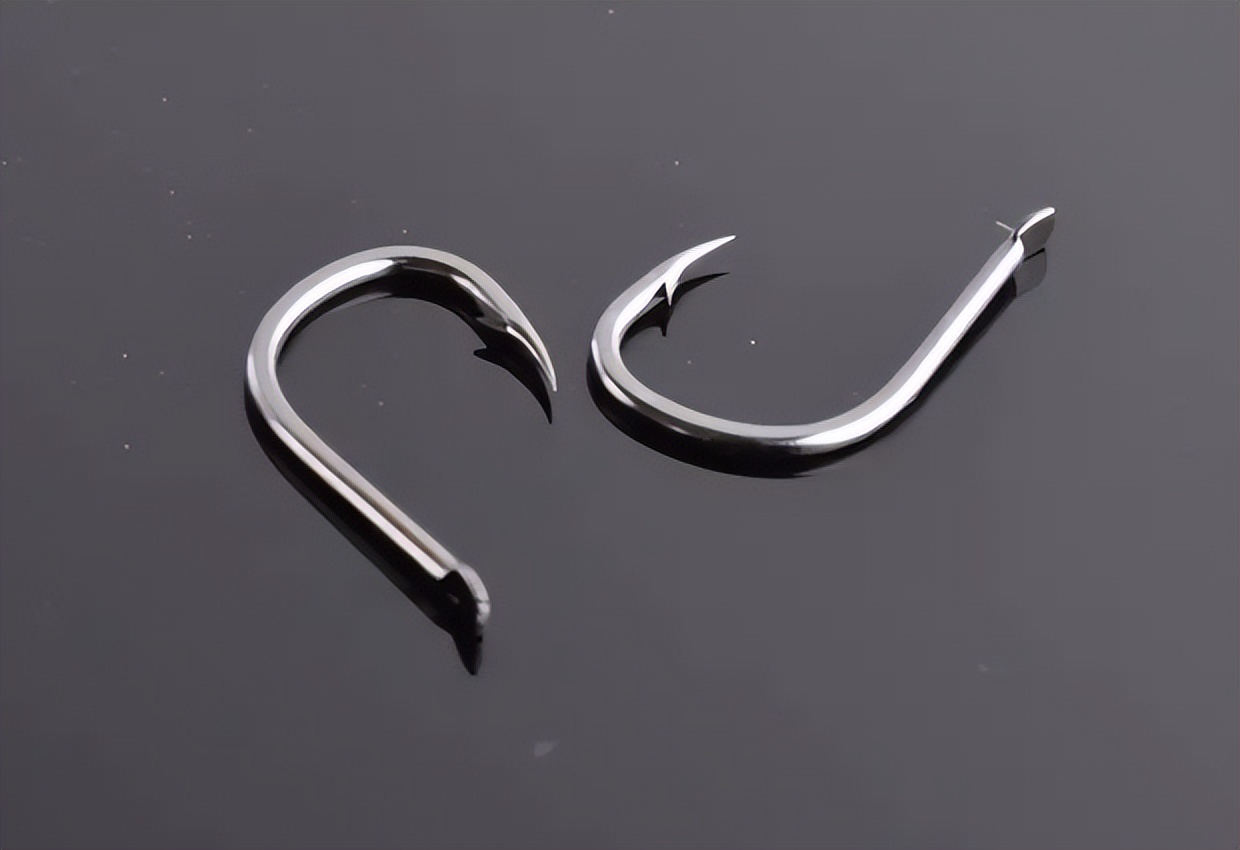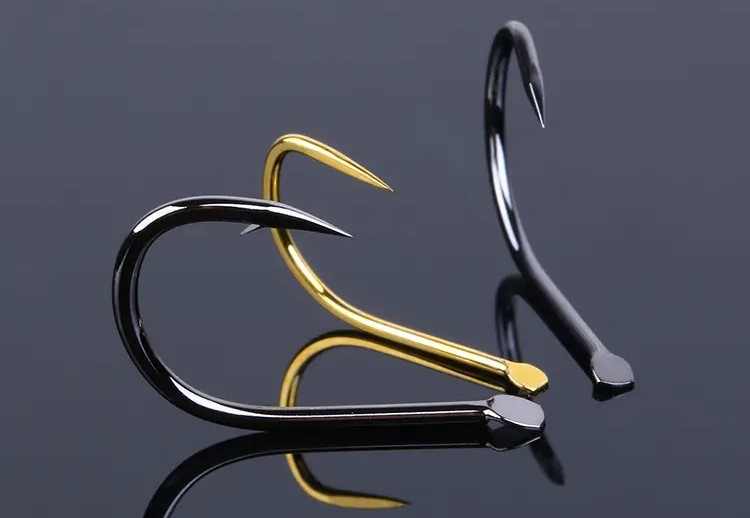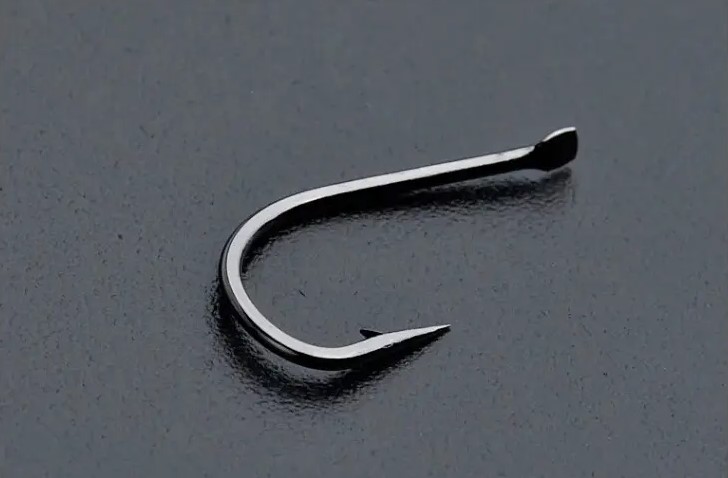Which hook is best for wild fishing? For many anglers, this is a somewhat conflicting question. There are many types of fish hooks, each with its own advantages and disadvantages. So, which one is truly more suitable for wild fishing? In recent years, the hooks used for wild fishing have been changing. This doesn’t refer to a change in the types of hooks available, but rather a shift in the preferences of anglers regarding hook usage.
In the early days of wild fishing, the most commonly used hook was the Iseama Hook. However, nowadays, most anglers use the Izumo Hook. In just a few short years, the Iseama Hook has fallen out of favor. Actually, these two aren’t the only hooks used for wild fishing; other common ones include the SODE hook and the Sea Evening Hook. However, these two hooks are more specialized. Their strength isn’t very high, so they can only be used for targeting relatively small fish species.
I. Iseama Hook
1. Advantages: The Iseama Hook is widely used in fishing. Besides freshwater fishing, it also performs exceptionally well in sea fishing. This hook features a thick shank, a short shaft, and an inwardly curved point. Its high strength makes it difficult for fish to bend or break it, and it’s primarily used for catching medium to large fish. It’s an excellent hook.

Iseama Hook
2. Disadvantages: Although the Iseama Hook has many advantages, it also has quite a few drawbacks. The reason many anglers are reluctant to use it lies precisely in its inwardly curved point. While it’s rare for a fish to escape once hooked by an Iseama Hook, the prerequisite is that you must hook the fish successfully in the first place. The inwardly curved point reduces the likelihood of this hook successfully setting in the fish. It is more suitable for passive hook sets and less ideal for active hook sets.

Iseama Hook 1
II. Izumo Hook
1. Advantages: The Izumo Hook is now an essential hook for wild fishing among most anglers, and its frequency of use is even higher than the once-popular Iseama Hook. Because the point of the Izumo Hook is offset to one side, it’s also commonly called a “crooked point hook.” This crooked point design increases the hook-up rate during active hook sets. The hook is relatively light, and its point is nearly vertical. It can be used to catch both large and small fish, making it a highly versatile hook.
2. Disadvantages: Compared to the Iseama Hook, the hook sizes for Izumo Hook are much smaller. For example, a size 5 Izumo Hook is only about the size of a size 3 Iseama Hook. Additionally, the shank of the Izumo Hook is slightly thinner than that of the Iseama Hook, so its tensile strength isn’t very high. If you use an Izumo Hook to target fish weighing around 10-8 Jin (approximately 5-4 kg), it’s recommended not to use a size smaller than 9, otherwise, it can easily be bent out of shape.

Izumo Hook 1
The main reason everyone prefers the Izumo Hook is primarily that there aren’t as many large fish in wild fishing nowadays. The Izumo Hook can handle both large and small fish, and its hook-setting effectiveness is better than the Iseama Hook. Considering these two points, it naturally becomes the preferred hook for many anglers. Some anglers say that the Izumo Hook tends to lose fish easily. I believe this issue isn’t greatly related to the hook itself, but is more tied to individual techniques for setting the hook and playing the fish. What do you all think?